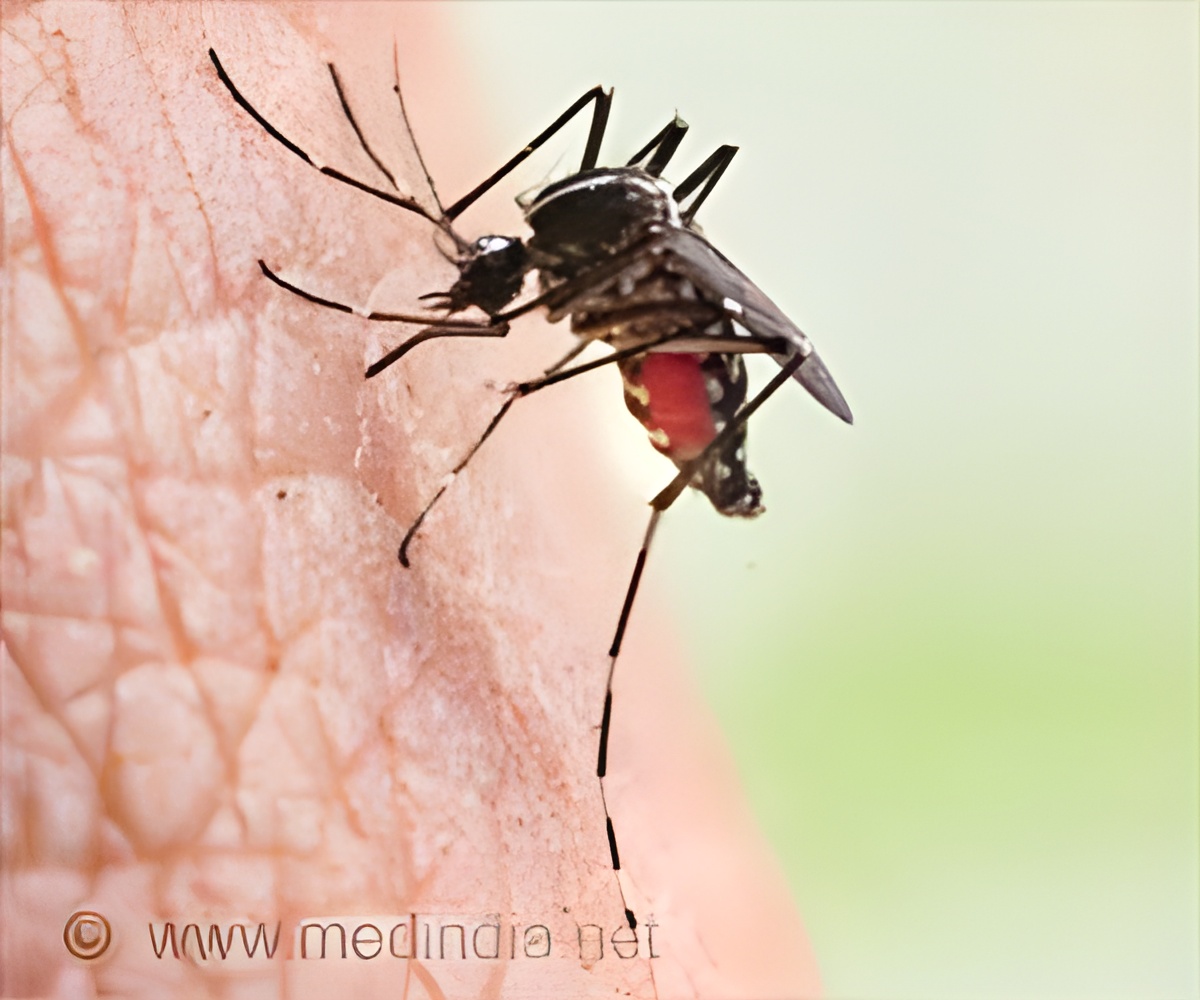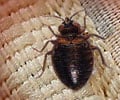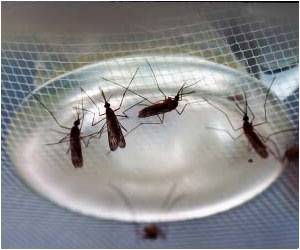
‘Gene editing can make mosquitos infertile to reduce the spread of diseases.’
Tweet it Now
Researchers at the Army’s Institute for Collaborative Biotechnologies and the University of California Santa Barbara experimented with the Aedes aegypti mosquitoes, found in tropical, subtropical and temperate regions throughout the world.The study published in the Proceedings of the National Academy of Sciences, discerned how a mutation can suppress the fertility of female mosquitoes.
“This is yet one more important and exciting example of how synthetic biology tools are demonstrating unparalleled utility,” said Dr. James Burgess, ICB program manager for the U.S. Army Combat Capabilities Development Command, now known as DEVCOM, Army Research Laboratory.
To manage populations, scientists use a vector-control practice called the sterile insect technique in which they raise a lot of sterile male insects and they then release these males in numbers that overwhelm their wild counterparts.
Females that mate with sterile males before finding a fertile one are themselves rendered infertile, thereby decreasing the size of the next generation.
Advertisement
Though chemicals or radiation to sterilize male Aedes aegypti were used, they impacted the mosquitos’ health to an extent that they were less successful in mating with females, which undercuts the effectiveness of the sterile insect technique.
Advertisement
However, they were not sure whether albeit defective sperm from the sterile males, was needed to render female mosquitoes infertile, or whether the transfer of seminal fluid was all it took.
To determine how timing played into this effect. They exposed the females to mutant males for different lengths of time.
They noticed little difference after 30 minutes, but female fertility quickly dropped after that. Females copulated twice on average, even during the first 10 minutes. This indicated that females have to mate with many sterile males before being rendered infertile themselves.
Aedes aegypti populations could easily bounce back from an 80% drop in fertility. The success of the sterile insect technique comes from subsequent, successive releases of sterile males.
Each release will be more effective than the last as sterile males account for an ever-growing proportion of the population. Researchers also plan to continue investigating mosquito mating behaviors and fertility.
They are devising a way to maintain stocks of males so they are only sterile in the wild and not in the lab. In addition, they are characterizing male mating behavior to uncover new ways to suppress mosquito populations.
Source-Medindia










